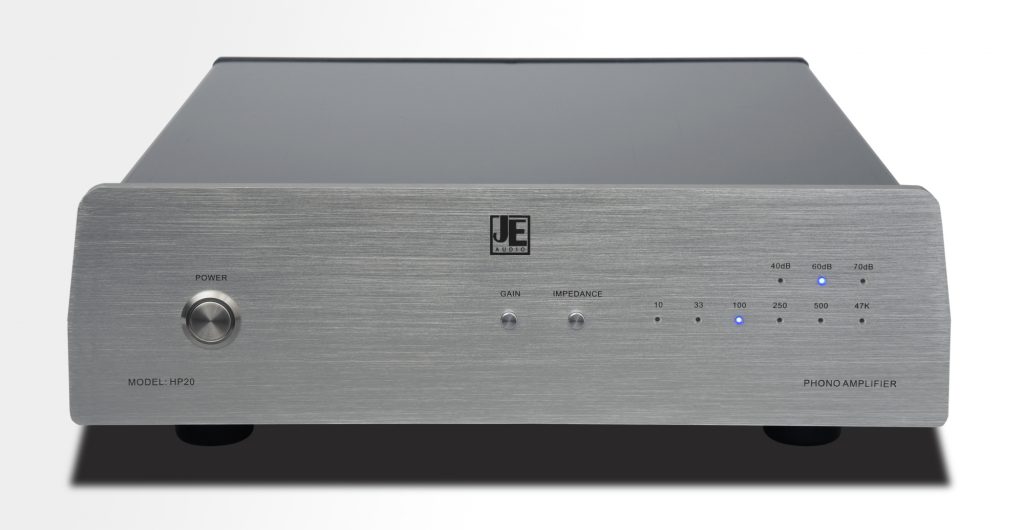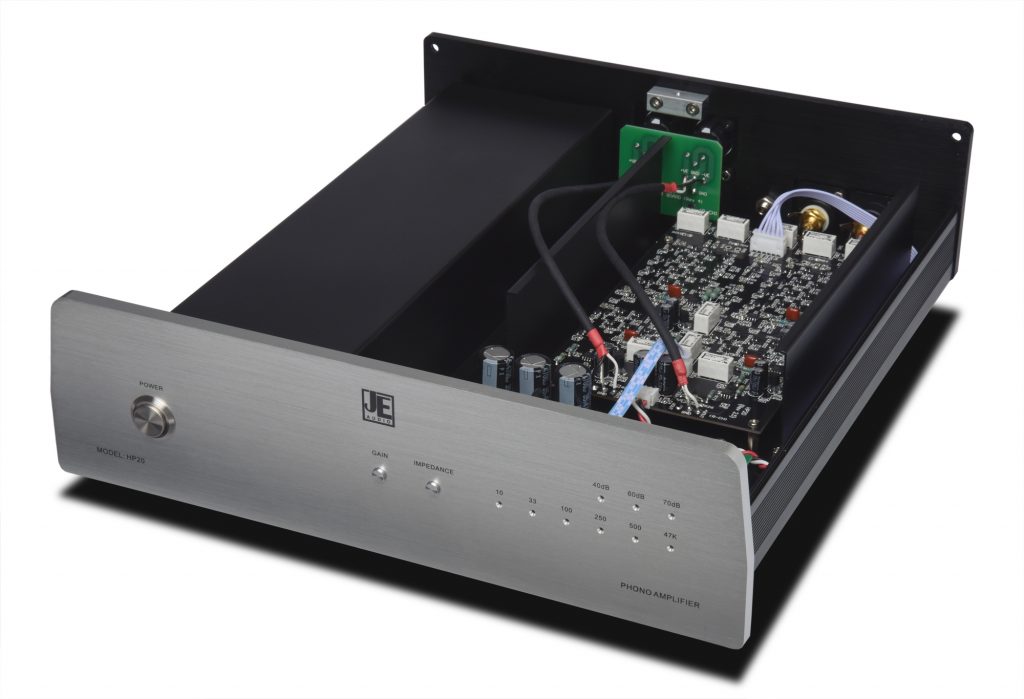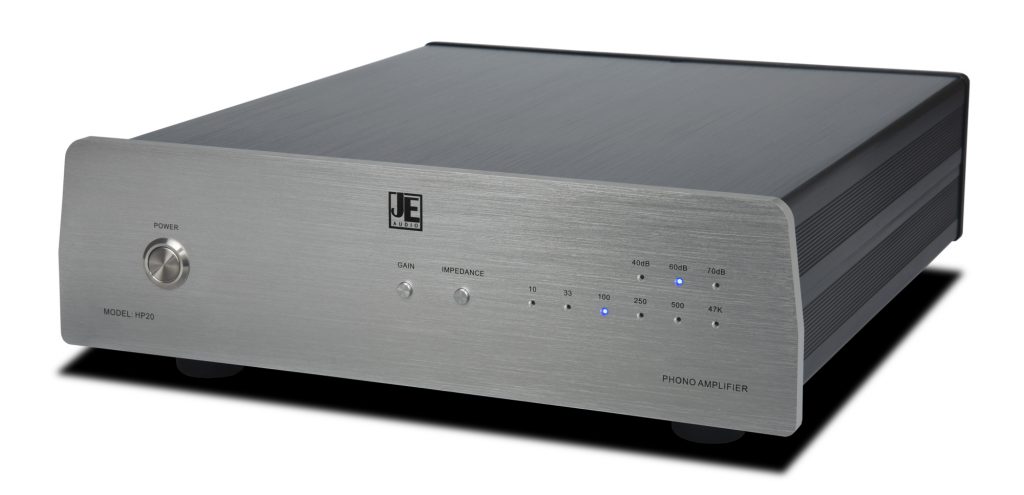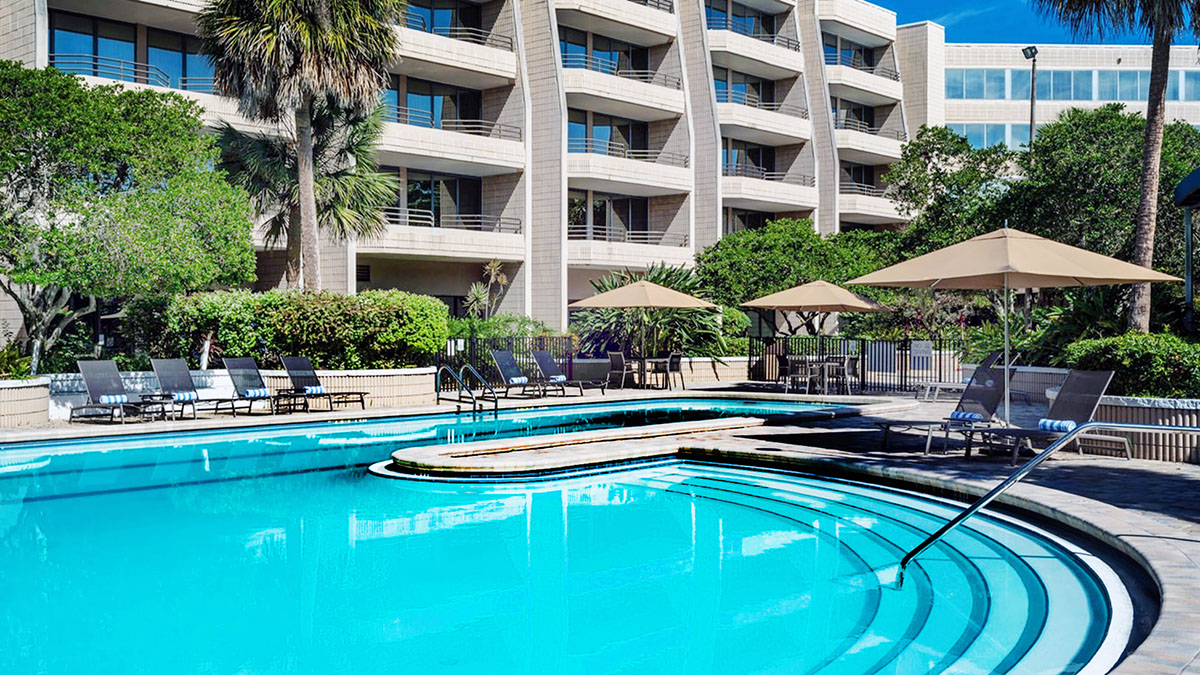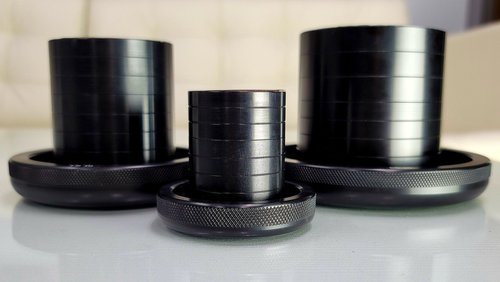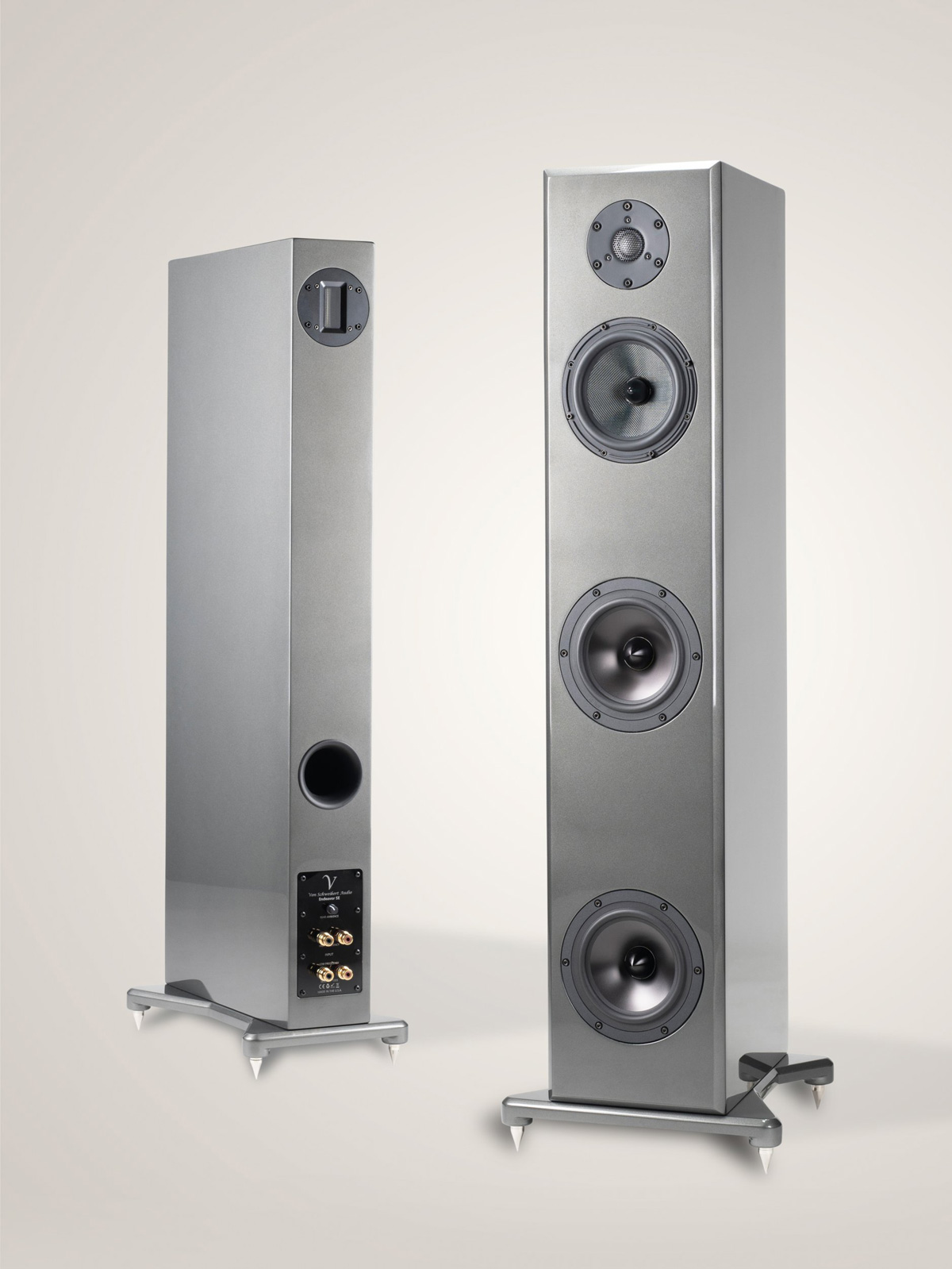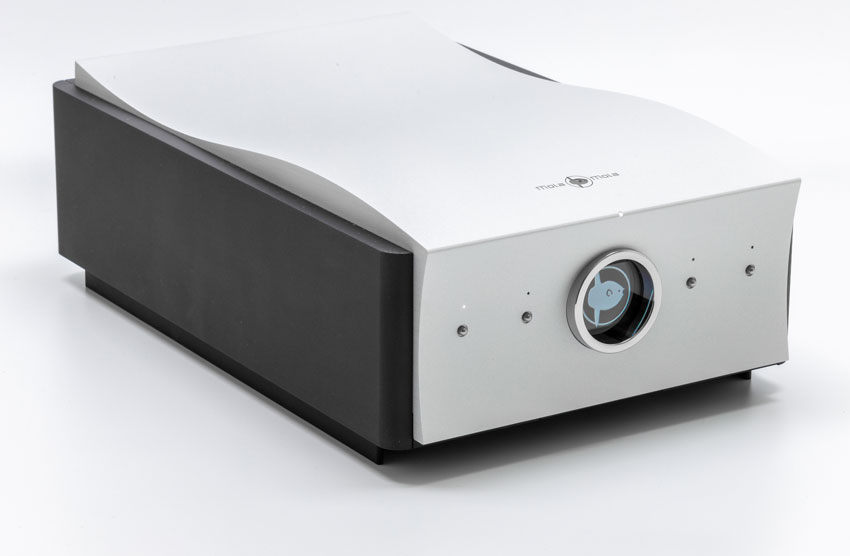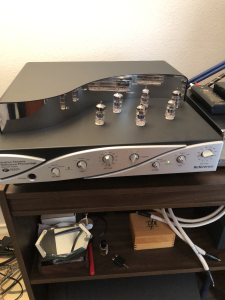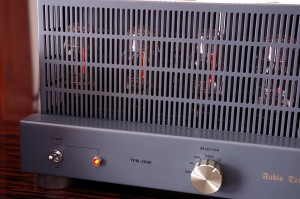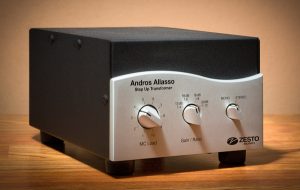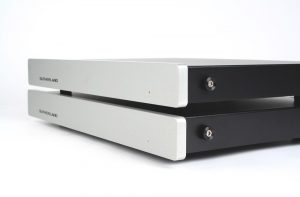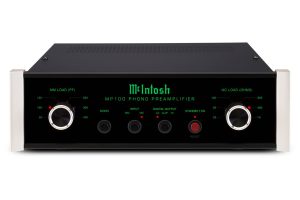Inauspicious Beginnings
This review has seen all manner of fits and starts.
It began, as do most such endeavors, nobly intended. There was, first and foremost, my heartfelt desire to learn more about a product line (JE Audio's) that I had only recently discovered, but about which others here at Positive Feedback had written extensively. Second, I fully expected to complete this review in the standard four to five-month time frame, meaning from the day I received the product until the day my product assessment posted online. I was also keenly aware that Positive Feedback had not reviewed a JE Audio product in some time. When I finally approached JE Audio owner and head designer, John Lam, to request a review sample, I did so with genuine excitement and a real sense of purpose. For his part, John was only too happy to oblige my request.
Soon thereafter, I took delivery of the HP20 phono stage, an all solid-state design from a firm better known for its tubed and solid-state/tube hybrid models, and a promising entry in the sub-2K phono preamp sweepstakes. The stars, it seemed, had aligned: an eager reviewer, an eager product manufacturer, a realistic time frame, and a market hungry for reviews of affordable but sonically promising gear.
Then, everything veered south. Without going into all the gory details, let's just say that my vinyl playback system rebelled, and in no small measure. Rather, it did so in much the same fashion as the British Tory Party has rebelled against Prime Minister Theresa May and her ill-conceived Brexit deal: with utter contempt and a stinging disregard for carefully constructed timelines and expected outcomes.
First, the phono cable to my SME M2-9 tonearm died unexpectedly. Although I quickly secured a suitable replacement, things continued to go pear-shaped with the equally unexpected death of the motor to my beloved, and lovingly refurbished, Thorens TD-125 Mk. II turntable. Additional system mishaps delayed the completion of this review even further, leading yours truly to swear off vinyl entirely more than once over the past eight months.
The review timeline envisioned for the HP20 became the designated editorial sacrifice to this force majeure—"turn of the screw" run of bad-luck.
But, as is often the case in life, my run of bad luck was replaced by a run of truly good luck. This included the arrival of two new turntables to review, the lightening-quick Origin Live Resolution Mk. IV table and matching Conqueror tonearm (review forthcoming), and the introspective and richly-voiced Pear Audio Kid Howard table with Cornet 2 tonearm (review also forthcoming), as well as the stellar Ortofon Cadenza Black MC cartridge, which Michael Vamos and team supplied with the Pear Audio table/arm combo.
Finally, I could put the HP20 through its paces.
And brother/sister, am I ever glad I got the chance to do so. For a very reasonable $1600, the superbly built HP20 delivers genuine high-end sound, sound for which no apologies need be made. It represents a real balm to music lovers unable, or unwilling, to spend 5-6 thousand dollars for a top-shelf phono preamp and should be at the top of your list if you are shopping at this price point.
Design and Operational Highlights
Tipping the scales at a beefy but not bloated 14½ pounds, the ¾ width HP20 (12.8" x 4.5" x 14") features several smart design touches that one doesn't usually find on units in this price range. The robust chassis features a machined aluminum front plate that is wider at the bottom than the top, giving the unit a nicely sculpted appearance. The main chassis is constructed of aluminum, with textured ridges running front to back. When facing the unit from the front, a large left-of-center power-up button plus two centrally-positioned touch-sensitive smaller buttons to control gain and loading options dominates the front panel.
Blue LEDs indicate chosen gain and loading values. Cartridge gain choices include the standard 40 and 60dB options, plus a 70dB option for very low output MCs. The 70dB option means that the HP20 can drive almost any low output MC cartridge on the market, while the 40dB option allows users to insert a step-up transformer into the system to load their MC of choice, or to power a MM design. I used the 60db option exclusively for this review.
Generous cartridge impedance loading options round out the configurability mix. These include 10, 33, 100, 250, and 500 Ohm choices for MC cartridges, and the standard 47kOhm option for MM cartridges. I suspect that one can also load low output moving iron cartridges from Grado and Soundsmith by selecting the proper gain setting and the 47kOhm impedance loading option, but seeing as how I had no MI models on hand, I never investigated this gain and loading mix.
The back panel is rigidly secured to the chassis. High quality RCA inputs securely accommodated a wide range of phono cables used during the review process, while single-ended and balanced output connectors meant that I could chose the output option that best suited the rest of the system. The Mastersound BoX tube integrated amp that I am currently evaluating, for example, only features RCA inputs, while the Parasound HINT 6 integrated amp (review coming soon) features both single-ended and balanced inputs. I tried both options with the HINT 6, but preferred single-ended operation to balanced. Your experiences may vary.
The interior is as neatly organized as the phono preamp exterior. The robustly shielded power supply, which occupies the right half of the chassis interior when one views the amp from the rear, is highly sophisticated. The HP20 webpage indicates that "...two discrete ultra-low noise precision DC regulated power supplies are used for main dual power supplies. Additionally, four ultra-low noise power supplies are used locally near to the amplifying circuits. These ensure that [the] power supplies are free from noise throughout the phono amplifier."
The phono circuit utilizes ultra-low noise semiconductors and audio grade electronic components, the same as those found in the pricier tube-solid state hybrid HP10 phono preamp. The HP20 employs passive RIAA equalization, as designer John Lam feels that passive equalization imparts less coloration to the sound compared with active feedback RIAA equalization.
Lastly, the HP20 employs the same generic output architecture as the upmarket HP10 phono amplifier, a refined output buffer stage. But where the HP10 uses a vacuum tube output buffer stage, the HP20 output buffer stage is entirely solid state. Despite these design differences, Lam feels that the HP20 captures most of the sonic magic of the HP10, but at a considerably lower price point.
Cosmetically, the HP20 looks and feels like it might cost $2500-3000.
Back on Track
Straight out of the box, the HP20 sounded terrific: focused, airy and open, with clean transients, full if not overly generous decays, and solid extension top-to-bottom. Noise was virtually non-existent, and the unit needed only 30 minutes or so of warm-up time to come on song. My unit had already been burned in by another reviewer, so I didn't notice any major sonic differences from day one to the end of the review cycle. New units may require a bit more burn-in time to really "open up" sonically, something I was unable to verify with my pre-burned sample.
Generous dynamics and impressive scaling stood out immediately. Musical fortes hit with real impact and weight, a quality one does not typically associate with affordable phono preamps. Densely-scored orchestral works possessed impressive drive and neck-snapping momentum. Chad Kassem and team's lovely reissues of the RCA/Decca Golden Age catalogue delivered all the color, impact, and drama these recordings are known for, the little HP20 surrendering little in overall performance to my reference Parasound JC 3+ phono stage ($3000), the $2200 Sutherland 20/20, and to the newly-arrived $3800 on-board phono stage of Mola Mola Audio's stupendous Makua preamplifier.
Mr. Kassem's stellar reissue of the Sibelius: Symphony No. 5 and Karelia Suite (RCA/Decca-Analogue Productions) LP showed the HP20 in its best light. Here, the Hong Kong-sourced sleeper delivered unexpectedly large doses of the air, openness, speed, transparency, and slam that one routinely hears with cost-no-object phono preamps, but rarely gets with units in the HP20's price range.
The little HP20 also reproduced tonal shadings and instrumental timbres with impressive color, texture, and resolution, regardless of the table or cartridge used. On the same Sibelius disc, the Pear Audio Kid Howard table/Cornet 2 tonearm/Ortofon Cadenza Black MC combo portrayed instrumental colors that were with notably rich, vibrant, and silky, with gentle decays, and remarkable sweetness. With its greater sense of speed and athleticism, the Origin Live/Dynavector 20X MC combo (the cartridge recently upgraded in the Dynavector line to the new 20X2) reproduced tonal colors and instrumental textures with a somewhat lighter touch (think 2 percent milk to the Pear Audio/Ortofon's whole milk balance), but with greater forward momentum and slightly less fulsome decays.
Vintage vinyl treasures really sang in the HP20's presence. Replaying my 50+ year-old Time-Life Records box set the Story of Great Music: The Music of Today, I was amazed at how natural, textured, balanced, and lifelike Shostakovich's Festival Overture and Walton's Suite to Henry V sounded. For those of you who are too young to recall, Time-Life Records offered The Story of Great Music series of boxed collections as a subscriber perk back in the late 1960s. The classical box sets contained 4-5 LPs, these all produced in cooperation with Angel Records. The recordings were originally issued by EMI in Europe and the States but pared-down for the Time-Life series (symphonies typically reduced to one of two movements, for example) and reissued in elaborate boxes, each featuring a beautifully crafted explanatory booklet that served as a roadmap introduction to all the works contained in the set.
Here's why I love these old dust-magnets: because the Time-Life LPs were essentially high-quality reissues of classic EMI recordings, most of the selections sound exceptional, even by today's standards. Bold, colorful, and vibrant, the EMI's, like the London and Decca recordings of the same era, offered a brilliant counter-argument to the presumed sonic superiority of the RCA Shaded Dog and Cozart-Fine/Mercury Living Presence catalogues. More than a few audiophile friends own shelves of these boxes while my collection sits at a modest 12 sets. eBay merchants sell these things like they were printed just yesterday and used records store and those libraries that occasionally sell their LP collections tend to have a least a couple of these boxes on the shelves. Expect to pay $10-12 per box if you are interested.
The little HP20 reproduced these fossils with all the life and energy that I remember, surrendering little in sheer musical terms to the more expensive phono stages I have at my disposal. The HP20 reminded me more than once that when all is said and done, the recordings that I most enjoy playing are not the artfully remastered and beautifully packaged reissues from Acoustic Sounds and MoFi, but the $5 pre-owned gems I routinely find in my favorite used record stores on blustery Saturday afternoons.
Toward the end of my listening sessions, I did something I don't typically do, but did here: scanned through a couple of earlier reviews of the HP20. As expected, my overall impressions mirrored those of the other reviewers, with one notable exception: all the other reviews had commented on the stellar bass response of the little 20, something I did not notice during my time with the unit.
So apprised, I inserted the HP20 into the newly-arrived Mola Mola Audio electronics front end, this comprising the Makua full-function preamp and the Class D Kaluga mono-block power amplifiers. As I was quick to discover, the Mola Mola gear delivers prodigious bass power to the attached speaker system, here my reference Focal Sopra No. 1 compacts. Sure enough, when reproducing a disc with real bass weight, the HP20 did not retreat gingerly into the corner like a reticent wallflower. Instead, the JE Audio preamp sang with impressive bass weight, impact, and punch. More importantly, it did so while also delivering tonal and timbral precision in spades, rivaling in this regard the low-end performance of the more expensive phono stages currently in residence at Casa Jeffries.
To say that I came away from the listening room impressed would be a gross understatement.
Parting Impressions
Phono preamps like the HP20 allow audiophiles on a budget to configure top-flight vinyl playback systems without breaking the bank. Add to the mix a high performance and sanely priced turntable like Rega's smartly styled P6 that our resident blues scholar-cum-audio reviewer Wayne Goins raved about in Issue 96 (HERE), the gorgeous EAT C Sharp reviewed by Bob Levi in Issue 95 (HERE), or the outstanding Music Hall MMF 9.3 table/arm combo that Mark Pearson enthused about way back in Issue 88 (HERE), plus a sensibly priced cartridge, and you are, as I am fond of saying, truly in the game.
What the JE Audio unit won't deliver is the last degree of dynamic slam, refinement, and microscopic transparency that something like the onboard phono stage of Mola-Mola's stunning Makua preamp delivers in its sleep, or quite the tonal saturation of my reference Parasound JC 3+. But in a properly configured system, most listeners will neither know, nor care, what they are missing in absolute terms.
Whether the HP20 represents mana from heaven only you can decide. But, if you value very good transparency to sources, impressive speed of attack, and solid bass slam, plus fancy more than a whiff of the air and openness that one typically associates with tube phono preamps, give the 20 a serious listen. You'll be amazed at just how much solid performance $1,600 buys.
Very highly recommended!
JE Audio HP20 Phono Amplifier
Retail: $1600 (USD)
JE Audio
852.3543.0973




